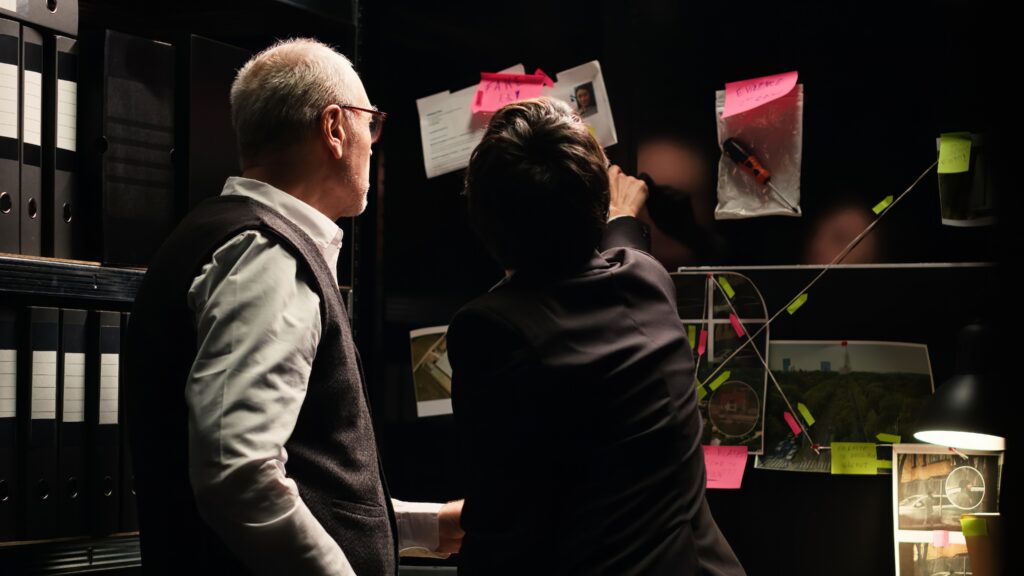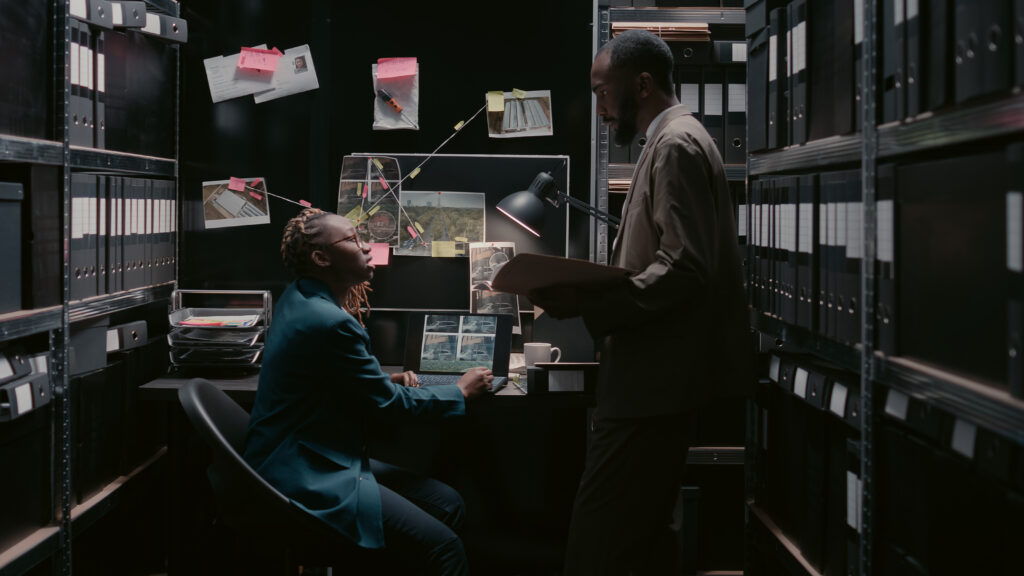Criminal profiling has long been a captivating subject, not just in the realm of law enforcement but also among the general public. The idea of delving into the psyche of criminals to understand their behavioral patterns has been the cornerstone of many gripping crime dramas and novels. In reality, criminal profiling is a complex field that blends psychology, criminology, and detective work. In this article, we will explore the fascinating world of behavioral patterns and criminal profiling from a psychological perspective, shedding light on the methods, challenges, and real-life examples that shape this intriguing discipline.

Understanding Criminal Profiling
Criminal profiling, often referred to as offender profiling or psychological profiling, is the process of analyzing available evidence to create a psychological and behavioral profile of an unknown criminal. The aim is to provide investigators with insights into the likely traits, motivations, and behavioral patterns of the perpetrator. This information can be invaluable in narrowing down potential suspects and directing investigations.
Psychological Foundations
To understand criminal profiling, it’s essential to grasp some of the psychological principles that underlie it:
- Personality Traits: Profilers look for patterns of personality traits in criminals. For instance, traits like impulsivity, aggression, and a lack of empathy can be indicative of certain types of offenders.
- Modus Operandi (MO): Profilers examine the criminal’s modus operandi, which includes the specific methods and techniques used during the commission of a crime. This helps in understanding the offender’s level of expertise and sophistication.
- Signature Behaviors: In addition to the MO, profilers consider signature behaviors – actions that are not necessary for the crime’s completion but are unique to the perpetrator. These behaviors can provide valuable insights into the offender’s psychological state.
Challenges in Criminal Profiling

While profiling can be a powerful tool, it’s not without its challenges:
- Stereotyping: Profiling should not lead to racial or ethnic stereotyping, which can be counterproductive and unfair.
- Over-reliance on Profiling: It’s crucial to remember that profiling is not a definitive science. It is one tool among many in a complex investigation.
- Media Influence: The portrayal of criminal profilers in the media has created unrealistic expectations, leading to misconceptions about the field’s capabilities.
Real-Life Examples
Let’s delve into two real-life cases where criminal profiling played a crucial role:
- The Unabomber Case: In the 1990s, the FBI used criminal profiling to apprehend Theodore Kaczynski, the Unabomber. Profilers accurately predicted that the suspect would be a highly intelligent, socially isolated individual with an obsession for environmental issues.
- The Beltway Sniper Case: Profiling was instrumental in identifying John Allen Muhammad and Lee Boyd Malvo, the Beltway Snipers. The profiler’s insights led investigators to focus on a pair of individuals traveling in a specific vehicle, ultimately leading to their arrest.
Criminal profiling, grounded in psychology and criminology, offers a unique perspective into the minds of criminals. It is a powerful investigative tool that can aid law enforcement agencies in solving complex cases. However, it is not a magic bullet, and its limitations should be understood. As we continue to explore the intricate web of behavioral patterns and criminal profiling, it becomes evident that it is a field where science meets intuition, and where every case is a unique puzzle waiting to be solved.